Prof Alison Sleeman
- Professor History and Theory of Art, Director of Research
Featured Media
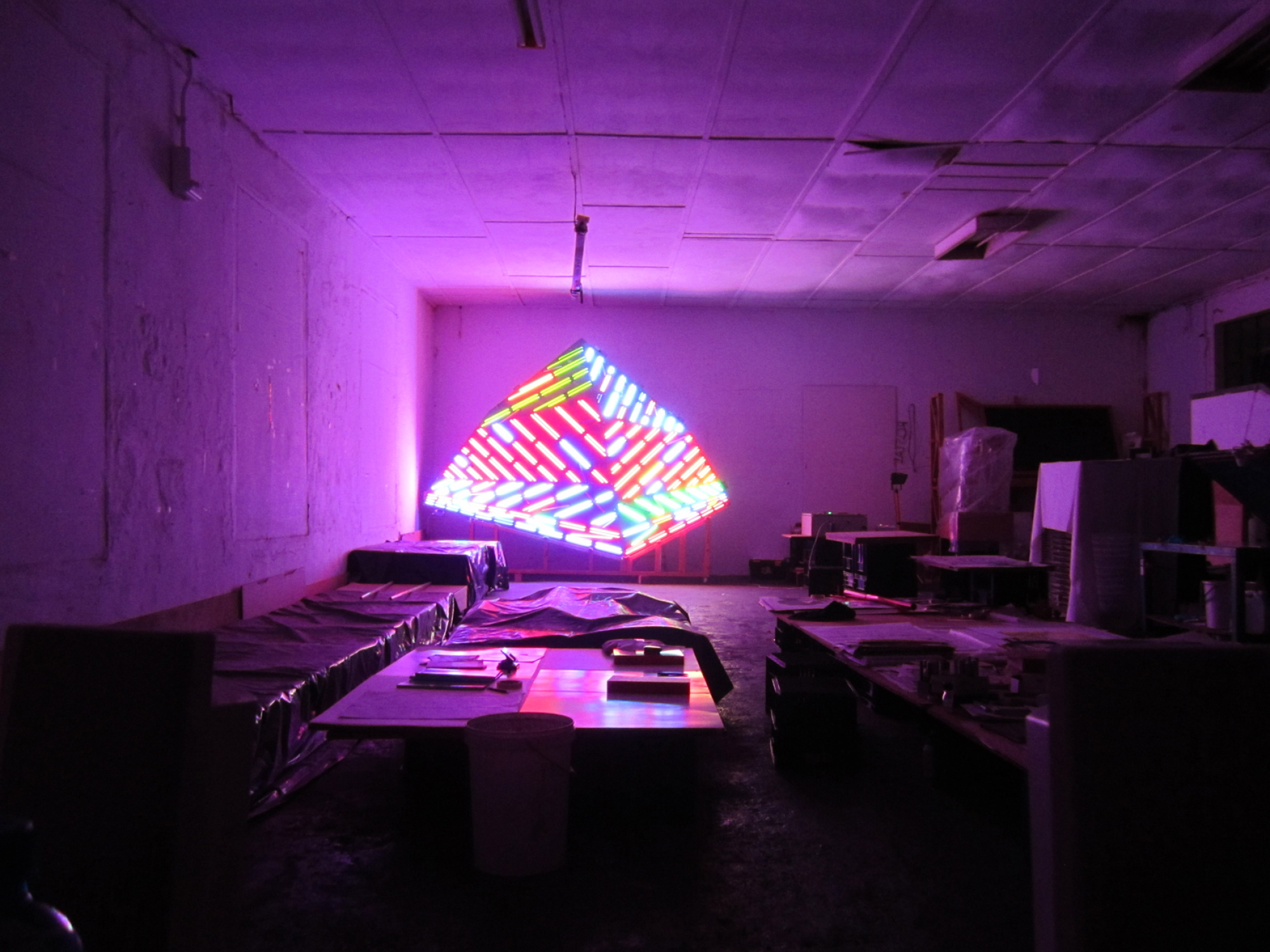
Joy Sleeman
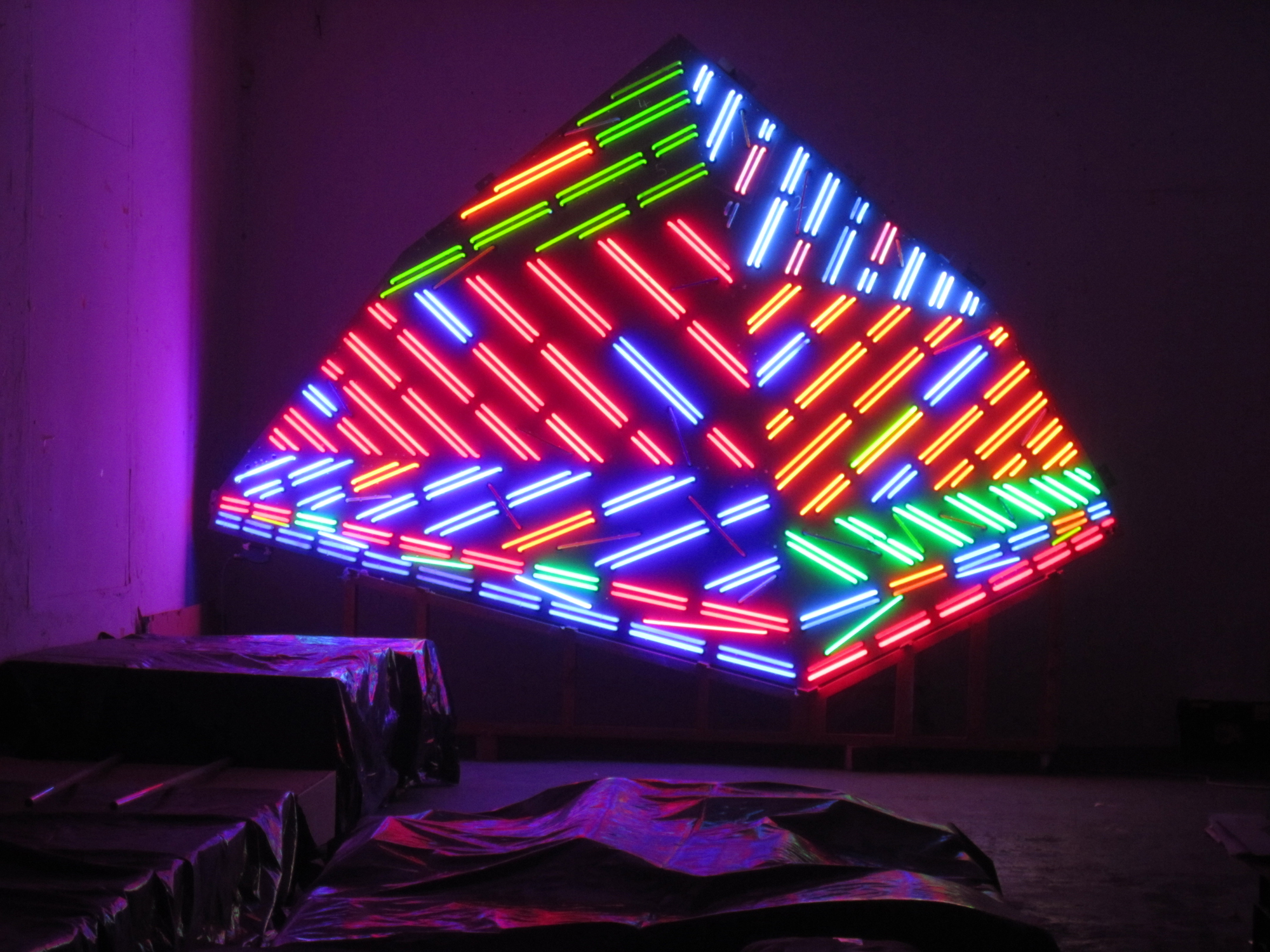
Joy Sleeman
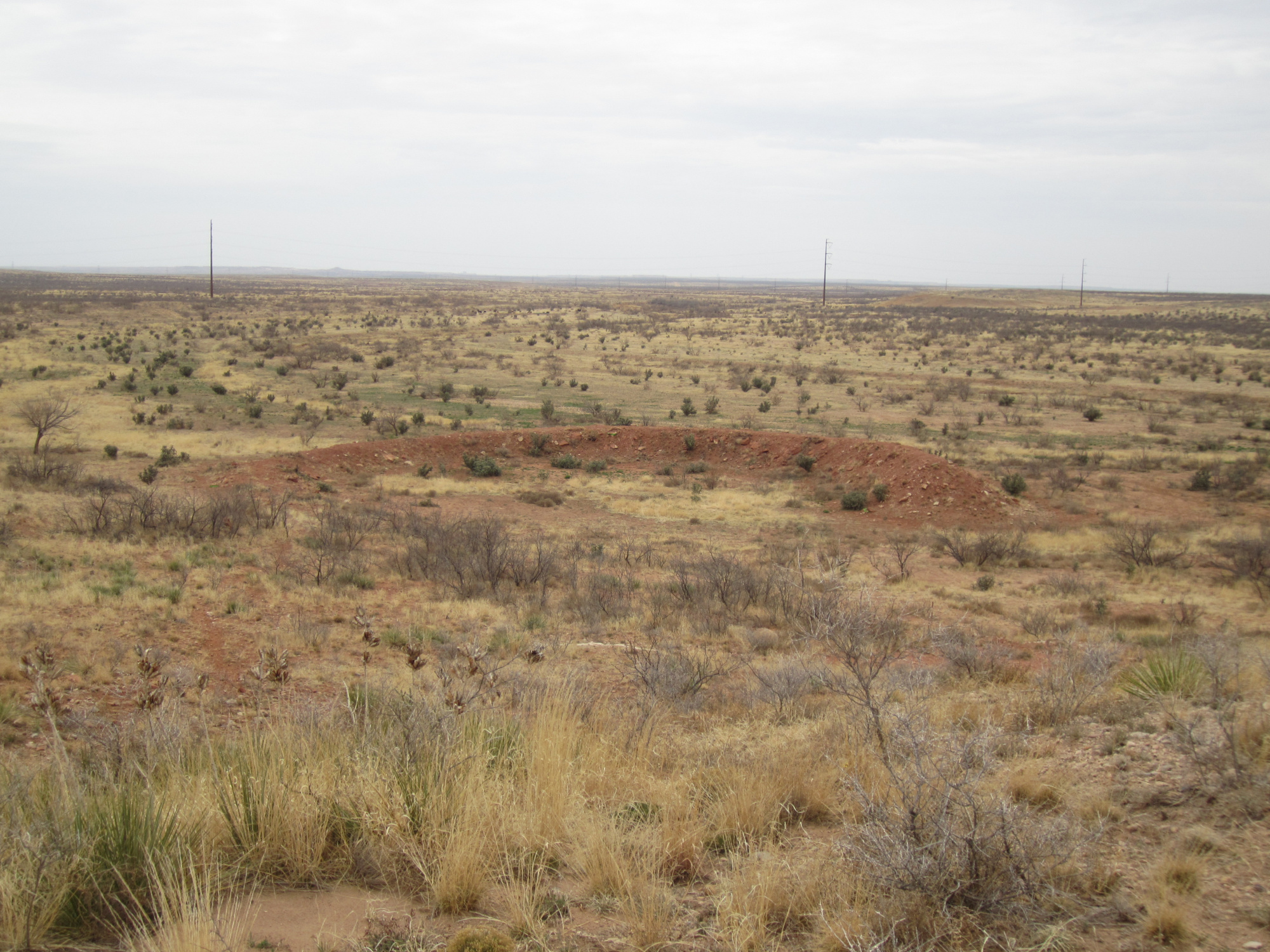
Joy Sleeman
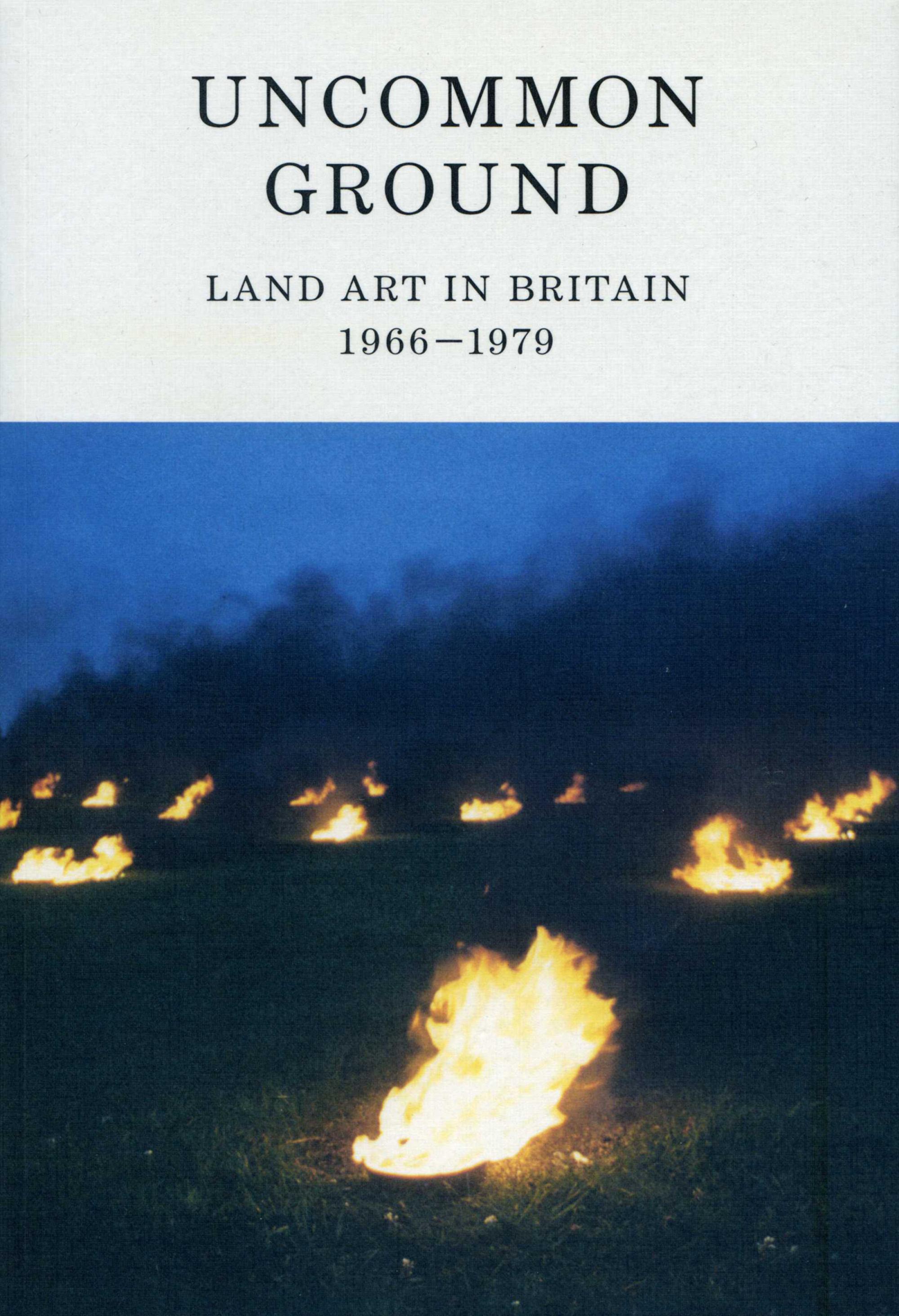
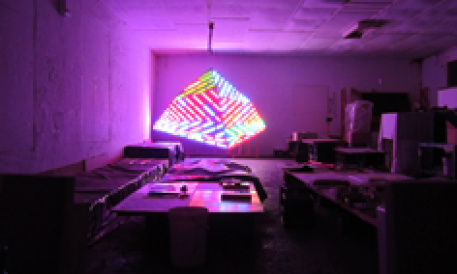
Slade School of Fine Art
University College London
Gower Street
London
WC1E 6BT
Biography
I studied History of Art at UCL (1987-1990) and have a PhD from the University of Leeds (Department of Fine Art, 1995). I have taught art history and theory at the Slade since 1995. From 2014-17 I was Faculty Graduate Tutor for Arts & Humanities. My current role at the Slade is as Director of Research.
My history of academic appointment includes a year as Henry Moore Fellow in the History of Sculpture in the History of Art Department at UCL (1996-97) and, from 2015-18, as visiting professor of the history of sculpture at the University of Lincoln.
I was on the editorial board of the Sculpture Journal (2000-19) and have been a member of AICA (international association of art critics) since 2014.
My career has been spent mostly in departments of fine art and working alongside practising artists. I write, curate and lecture on aspects of land art and sculpture for a broad constituency that includes the public audiences of art galleries, museums and other arts organisations as well as academic contexts. I have a strong commitment to public engagement and communicating and developing scholarship and understanding of art related to landscape and environment in public arenas and artistic communities internationally and locally.
I have given lectures and public talks on land art and related subjects at galleries, museums and universities in the UK: including Arnolfini, Bristol; Northlands Glass, Lybster, Scotland; Yorkshire Sculpture Park; Jerwood Space, London; National Museum of Wales, Cardiff; Coventry University; University of York; University of Southampton and University of Warwick and abroad: including Hong Kong University; UNTREF, Buenos Aires, Argentina; Rice University, Houston, Texas; California State University, Long Beach and the Getty Research Institute, Los Angeles, USA.
Research Summary
My research concerns the histories of sculpture and landscape, especially land art, a contested field of art practice that continues to inspire artists and provoke debate among scholars. Land art was one of a cluster of new terms that emerged in the late 1960s to describe art works made with a new attitude to an old (and, to some, distinctly old-fashioned) area of art making: landscape. In the 1960s artists began to produce new and challenging works made directly in and of the stuff of the landscape. This has been my area of research interest since 1990 and I am acknowledged as an expert in the field and on land art in Britain in particular.
Since 2006 I have also worked collaboratively on land art. Initially (2006-08) in an AHRC-funded research network as part of the AHRC's Landscape and Environment programme, and subsequently with the two other steering committee members of the network (Nicholas Alfrey, University of Nottingham) and Ben Tufnell (independent writer, curator and gallerist), the Arts Council Collection and Hayward Touring as co-curators of the the exhibition Uncommon Ground: Land Art in Britain 1966-1979, the largest survey of this kind of work in Britain to date. It toured to four UK venues between May 2013 and June 2014.
Since my doctoral studies in the early 1990s my work has sought to challenge a persistent view in much literature on land art that this work was predominantly American, with sub-movements in other parts of Western Europe (mainly in Britain, Germany and the Netherlands). I aimed first to re-emphasise the crucial contribution of British artists to land art's formation and to re-appraise the crucial contribution of Anglo-American and other international artistic exchange (particularly across Europe and North America) in the emergence and development of this new art of landscape.
Over the last decade or so my work on Anglo-American artistic relations has taken me to the USA and more recently, in a pattern perceptible across much art historical research into twentieth century and contemporary art, my research has embraced a wider context that both extends and challenges the dominant Western focus, looking, for example, to South America (Argentina) and Asia (Hong Kong).
In 2012-14 I was a project researcher for Lawrence Alloway: Critic and Curator at the Getty in Los Angeles, one outcome of which, a book published in 2015, includes my chapter exploring the relationship between Alloway and one of the pioneers of land art in America in the 1960s, Robert Smithson. I was advisor and wrote a catalogue essay for an exhibition, David Lamelas: A Life of Their Own, at the Art Museum of California State University, Long Beach and at MALBA (Buenos Aires) as part of the Getty's initiative Pacific Standard Time: LA/LA (Los Angeles/Latin America). Lamelas was one of the artists included in Uncommon Ground, as was the South African-based sculptor Roelof Louw who was the subject of my book project, Five Sites for Five Sculptors: Roelof Louw and British Sculpture since the 1960s (Ridinghouse: 2018).
In 2023 my research on Anglo-American artistic relations routed me to sites in England and Wales where, as a 2023 Holt/Smithson Foundation Research Fellow, I researched and revisited the travels and work of American artists Nancy Holt and Robert Smithson in England and Wales in 1969.
Teaching Summary
In my role as Professor of Art History and Theory at the Slade I work with my colleagues devising, developing and delivering a programme that is integral to the studio-based courses at the Slade and which supports and informs students' study of fine art practice, theory and history. Together with my colleagues in History and Theory of Art, we offer a research-based programme that is responsive to current developments in fine art and serves to introduce students to the histories and contexts which inform and locate their art and in which, as practicing artists, their work will be understood and contextualised.
My current teaching includes an MA course called Art Writing / Writing Art which takes both theoretical and more practical workshop approaches to writing, reading and researching. Since 2015/16 this course has included consideration of art writing in a time of climate change, including recent - and not-so-recent - writings on topics such as global warming and the Anthropocene as they relate to writing and the practice of fine art.
I supervise MA written research projects.
Exhibitions
Expanding Landscapes: Painting After Land Art 2022 - Herstorcombe Gallery
Expanding Landscapes: Painting After Land Art brings together historical works by artists associated with Land Art, with contemporary artists who engage directly with landscape through the language of painting.
Works by artists associated with Land Art including Nancy Holt, Andy Goldsworthy, Robert Smithson, Richard Long, Michelle Stuart, Roger Ackling and Marie Yates, are on show alongside contemporary works by painters Hannah Brown, Sam Douglas, Onya McCausland, Rebecca Partridge, Damian Taylor, Fred Sorrell and Jessica Warboys. Prints from Ingrid Pollard’s Landscape Trauma series mediate between the contemporary and historical aspects of the exhibition.
‘In the 1960s and 70s many artists left the studio and went into the landscape, using both the physical materials of the land and their direct experience of it as the source and inspiration for new art works. Although considered novel at the time, we can trace a history of Land Art back to Romanticism, where observations of light, time and human perception were seen as ways of thinking about nature and our relationship to environment. Works by artists associated with Land Art, such as Nancy Holt and Richard Long, expanded this language by creating the possibility of an immediate physical experience, as well as the representation of their works through film, drawing and photography’, say the curators of the show Rebecca Partridge and Joy Sleeman.
The exhibition explores the romantic motifs of earth, sea and sky through a variety of materials and processes, including the physical experience of landscape as a creative act in itself. Sharing a concern for the vulnerability of nature and the importance of our attention to it, for materiality and the record of time, for all these artists and their predecessors the experience of being in the landscape is at the heart of the work
Charcoal Works 2016 - Hardwick Gallery, University of Gloucestershire
harcoal Works is an exhibition of commissioned artworks that have been produced with the charcoaled remains of the iconic oak sculpture ‘Place’, that stood on the Forest of Dean Sculpture Trail for 29 years.
In October 2015 a charcoal ‘clamp’ was built on the same location in the forest where the oak sculpture had stood. For three days and two nights, beneath a huge earth covered mound, an intense heat steamed, smoked and slowly carbonised the wood.
The exhibition at Hardwick Gallery brings the recycling of a single artwork into multiple elements full circle, and Onya McCausland has invited 16 artists to produce new work from the charcoal according to their diverse practices. The exhibition includes works by Edward Allington, Sophie Bouvier Auslander, Jess Bryant, Marcin Gawin & Malgorzata Lucyna Zajac, Joy Gregory, Tess Jaray, James Keith, Sam Llewellyn- Jones, Lisa Milroy, Onya McCausland, Jayne Parker, Lotte Scott, Joy Sleeman, Andrew Stonyer, Kay Tabernacle and Jo Volley.
Uncommon Ground: Land art in Britain 1966-1979 2013 - Southampton City Art Gallery, Southampton, UK; National Gallery of Wales, Cardiff, UK; Mead Gallery, University of Warwick, Coventry, UK; Longside gallery, Wakefield, UK
After London 2011 - Stephen Lawrence Gallery, University of Greenwich, London, UK
Victorian Greenwich resident Richard Jefferies’ prescient 1885 novel, After London imagines the site of London as a contaminated forbidden zone, a flooded swamp, which, now poisoned, swallows up unfortunates and the unwitting in search of treasure. As such, it finds a late 20th Century echo in the Zones of the Strugatsky Brothers' Roadside Picnic, Tarkovsky's Stalker, the 1986 Chernobyl disaster, and continued relevance in the context of climate change today.
Using the novel as a starting point, visual artist John Timberlake and writer and art historian Joy Sleeman have developed a dialogue around their shared interests of landscape art, science fiction, and the changing perceptions of London’s doom. Fascinatingly, whether in fears of poisonous swamps, a nuclear bomb smuggled in a ship, or rising oceans, the Thames has remained a central element in these spectral fates.
Both Joy Sleeman’s critical writing and John Timberlake’s montage images reflect their shared interest in the changing nature of visualising landscape, from the ground based views of dioramas to the surveyed zones of aerial and satellite imaging, whilst also exploring the transformative role of imagination in forming our perspectives on the world.
Earth Moon Earth 2009 - Djanogly Gallery, University of Nottingham, Nottingham, UK
Timed to coincide with the fortieth anniversary of the Apollo 11 mission and the first landing of men on the moon, this exhibition brings together the work of two artists who have addressed the idea of the connections between earth, space and the moon. It sets up a dialogue between a seminal work of 1969 by David Lamelas, his film A Study of the relationships Between Inner and Outer Space, and a very recent work, the boldly-conceived installation by Katie Paterson Earth-Moon-Earth (Moonlight Sonata Reflected from the Surface of the Moon).
Other works, documents and objects were included in the exhibition to suggest some of the contexts in which the two main works might be understood. These ranged from images and commemorative ephemera of the Apollo era to works by artists of the late 1960s and early 1970s, showing how they engaged with a sense of a suddenly expanded world, but also one in which the paradoxical legacy of the Apollo missions was a rediscovery of Earth itself. Other works looked back to earlier visions of the moon in British art and science. Two pastel studies of the moon by the portraitist and amateur astronomer John Russell were particularly notable.